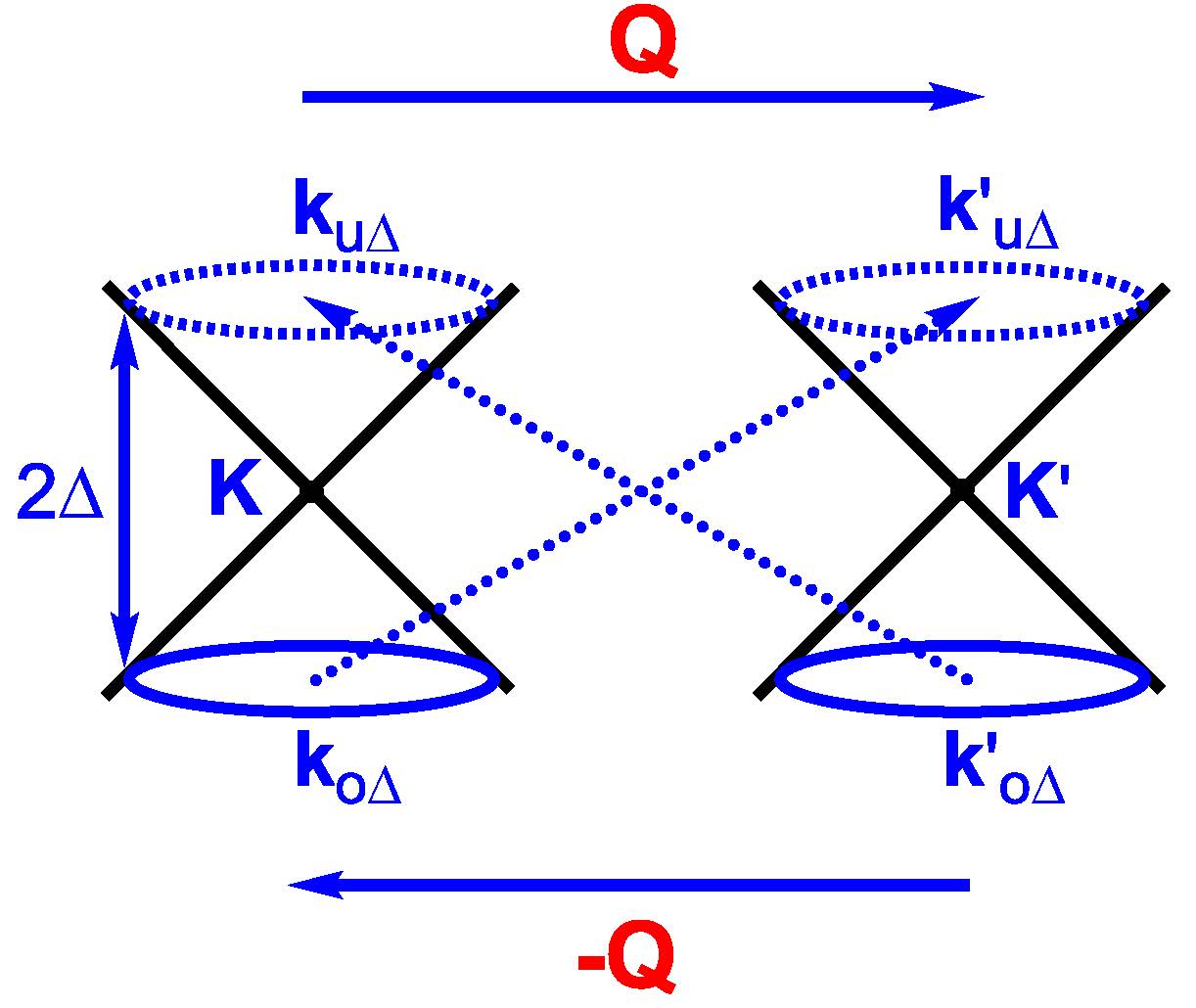Recently Kawashima has reported that, when wetted with alkanes, several forms of graphite and single-layer graphene exhibit superconductor-like properties above room temperature under ambient pressure [AIP Adv. 2013, 3, 052132; arXiv:1612.05294; arXiv:1801.09376]. Under the assumption that these seemingly unlikely properties arise from the presence of paired electrons brought about by the alkane-wetting, we explored their implications to arrive at a probable mechanism for strong electron-pairing driven by Fermi surface nesting and acoustic phonon. This mechanism explains why alkane-wetting is essential for the graphene systems to become “superconductor-like” above room temperature and why the “Tc” of alkane-wetted pitch-based graphite fibers increases almost linearly from ~363 to ~504 K with increasing the molecular weight of alkane from heptane to hexadecane. It also provides a number of experimentally-verifiable predictions, the confirmation of which will provide a strong support for the superconductivity driven by Fermi surface nesting and acoustic phonon.

